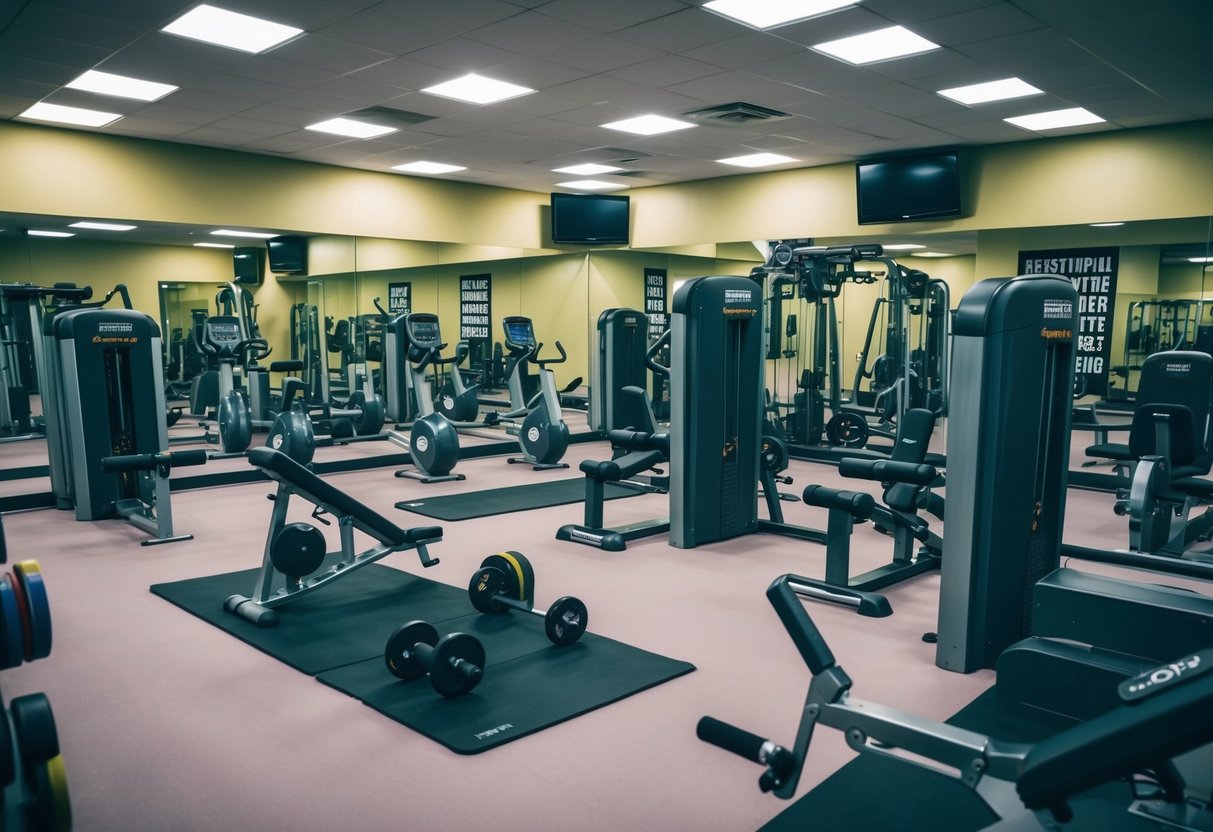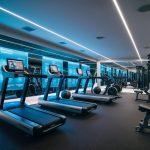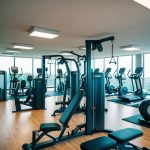
Boosting Cardiovascular Fitness
Improving cardiovascular fitness through circuit training involves a balance of aerobic exercises. These circuits utilize activities like running, cycling, or rowing to elevate heart rates for extended periods, enhancing cardiovascular endurance.
Circuit sessions can include intervals of sprints or intense jumping rope sessions, interspersed with active recovery periods such as walking lunges. This strategy improves the heart and lung capacity while also boosting calorie expenditure.
Incorporating plyometric exercises like box jumps can further enhance endurance and power. Creating a routine that combines various exercises helps maintain interest and effectiveness while challenging cardiovascular limits.
Improving Flexibility and Mobility
For flexibility and mobility, circuits emphasize stretching and balance exercises. Activities like yoga poses, dynamic stretches, and foam rolling improve joint range of motion and reduce injury risk.
Movements such as lunges with a twist, deep squats, and shoulder rotations are beneficial for enhancing flexibility. These can be integrated into various circuits, adding diversity to strength and cardio-focused workouts.
Focusing on slow, controlled movements helps to emphasize proper form and breathing techniques. Regularly incorporating mobility exercises can significantly improve both athletic performance and everyday functional movement.
Key Exercises and Movements
Effective circuit training involves a blend of exercises targeting different muscle groups. Specific movements focus on building lower body strength, enhancing upper body and core stability, and incorporating high-intensity intervals. These components together create a balanced and efficient workout.
Lower Body Exercises
Lower body exercises form a crucial part of circuit training, aiming at improving muscle strength and endurance in the legs and glutes. Movements such as squats and lunges are fundamental, as they engage multiple muscle groups including quadriceps, hamstrings, and calves. Squats, for example, provide a versatile exercise that can be performed with or without weights, allowing adaptability for all fitness levels.
Lunges are equally significant, offering the ability to target each leg individually. This can help address any muscular imbalances. Exercises like deadlifts or step-ups can also be included, offering variety. Each of these promotes better balance, coordination, and increased athletic performance. Regular incorporation of these into a circuit ensures comprehensive lower body development.
Upper Body and Core Strengthening
A focus on upper body exercises is essential for developing muscle strength and enhancing core stability. Push-ups and pull-ups are foundational movements that engage the chest, shoulders, back, and arms. Push-ups, with their variations, cater to different strength levels and specifically focus on chest and triceps.
In addition to push-ups, movements like dumbbell rows and shoulder presses add diversity to the routine. These exercises ensure all major muscle groups are engaged. Core exercises such as planks are crucial for building stability and balance. A strengthened core supports better posture and reduces injury risk. Integrating these exercises helps achieve balanced muscle development and strength.
High-Intensity Intervals
High-Intensity Interval Training (HIIT) involves alternate periods of intense activity and rest. These exercises are designed to raise the heart rate rapidly, enhancing cardiovascular fitness and burning calories efficiently. Activities like burpees, jumping jacks, and sprinting are typical components.
Incorporating HIIT into a circuit activates both aerobic and anaerobic systems. This maximizes fat loss and boosts metabolism. The varied nature of HIIT allows individuals to remain engaged and motivated. Careful exercise selection based on fitness level ensures safe and effective workouts. Including high-intensity intervals provides an energetic and holistic approach to circuit training.
Equipment and Accessories
Circuit training requires a range of equipment, from weights to versatile exercise gear, or sometimes just your own body weight. Choosing the right tools is essential for maximizing the effectiveness of your workout regimen.
Using Weights and Dumbbells
Weights and dumbbells are fundamental in circuit training, providing resistance that enhances muscle strength and endurance. Dumbbells, in particular, are versatile and allow for a variety of movements targeting different muscle groups.
For beginners, adjustable weights can be a practical choice as they allow for gradual progression without the need to purchase multiple sets. It’s important to choose weights that are challenging yet manageable to ensure proper form and reduce injury risk.
Advanced practitioners may incorporate heavier free weights into their circuits to increase workout intensity. Ensuring proper storage and maintenance of weights prolongs their lifespan and maintains safety standards in the workout space.



